
Kingdom Defense
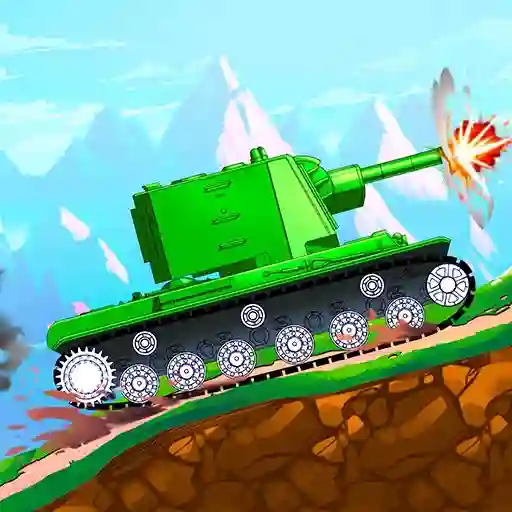
Tank Attack 5

Crowd City War

Dynasty War
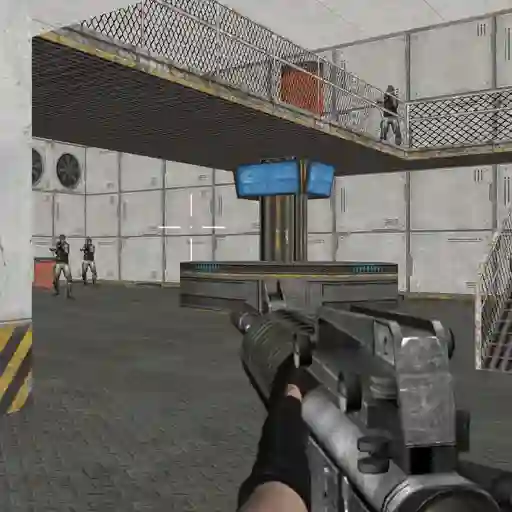
Warfare Area

Coin Empire

Super Tank War

Loot Heroes

War State IO - Conquer Battles

Saga of Kraigen Ambush at the Dragon Pa

Blocky Fantasy Battle Simulator
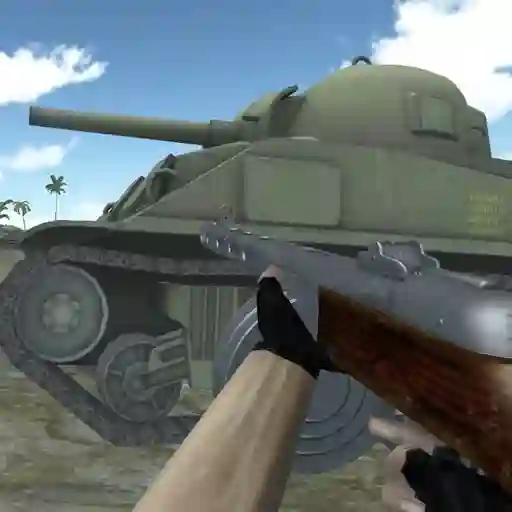
World War Brothers WW2

Age of War

Neon War
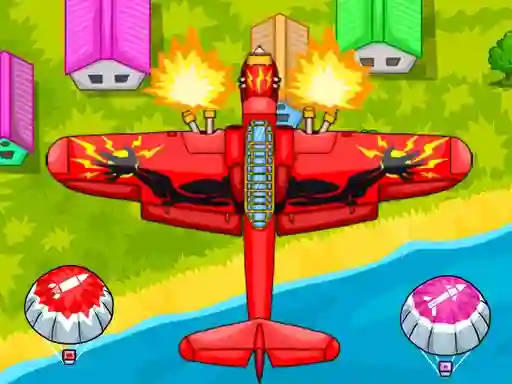
EG Air Warfare

Air Fight

Castel Wars New Era

The Last Tiger: Tank Simulator

TPS Gun War Shooting Games 3D
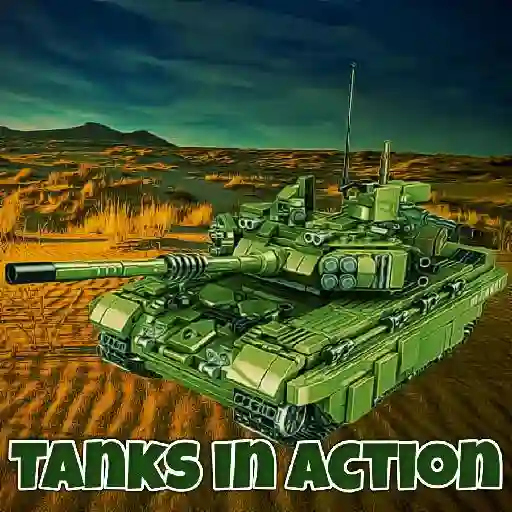
Tanks in Action

City Siege 3 Jungle Siege. FUBAR Pack

Tank Forces: Survival

Battle of Pirate Caribbean Battle
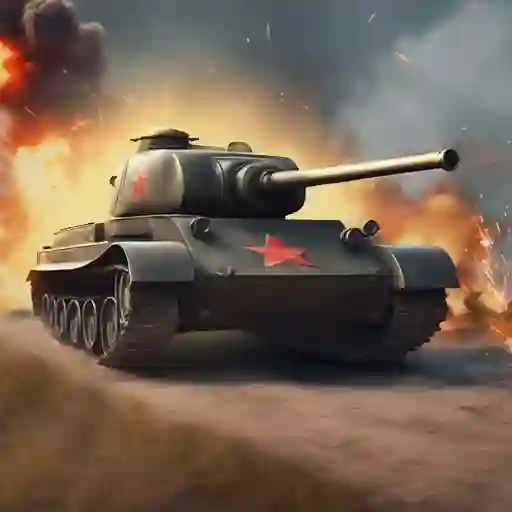
World Tank Wars

Blocky Squad
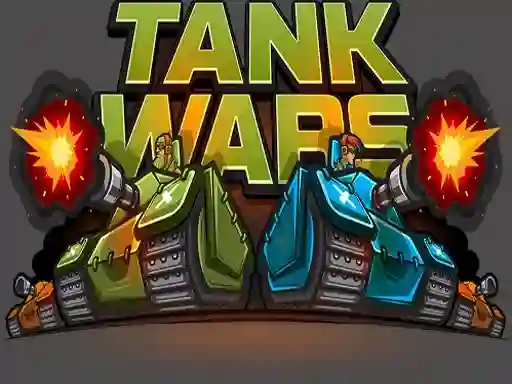
EG Tank Wars

City Wars

Craft Sharp Shooter

Metal Black Wars

Musketeers Gunpowder vs Steel
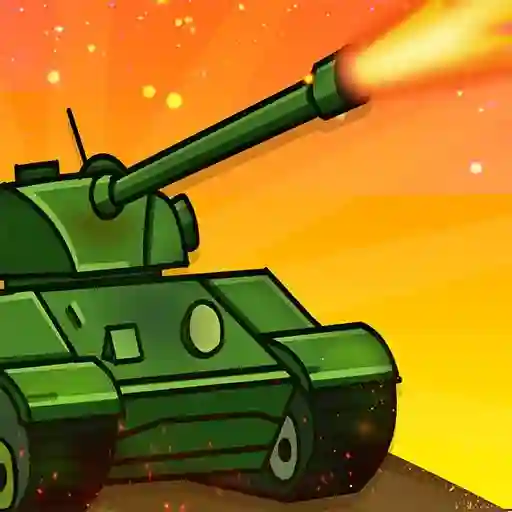
Armour Clash

Soldiers Fury

Bed Wars

Tank Wars

Galaxy Wars

Stick Boy: Bazooka Ragdoll
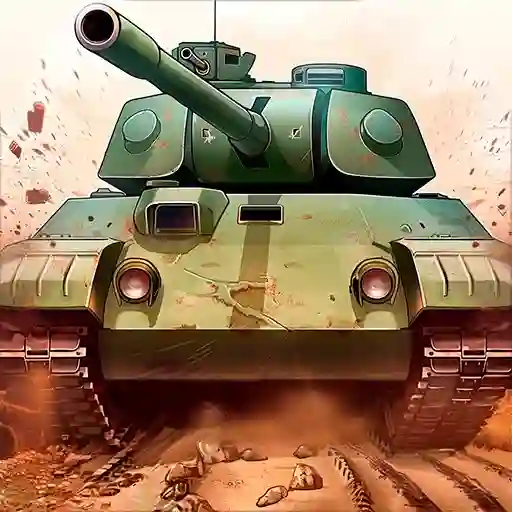
Battle Tanks Firestorm

Stickman Fighter: Space War

Combat Strike Multiplayer

Warlings
War Games
What is War games?
War games are a genre of video games that simulate warfare, military tactics, and strategic battles. These games often feature historical or fictional conflicts, allowing players to experience the thrill of combat and the challenge of commanding forces. War games can range from fast-paced first-person shooters (FPS) to complex real-time strategy (RTS) games, offering diverse gameplay experiences. Players typically engage in battles, manage resources, and execute tactics to achieve victory. The genre emphasizes strategic thinking, historical accuracy, and immersive storytelling, appealing to both casual gamers and history enthusiasts.
Key features of war games include: • Strategic gameplay: Players must plan and execute missions, often requiring resource management and unit coordination. • Historical accuracy: Many games are set in real historical periods, such as World War II, the Vietnam War, or ancient conflicts. • Story-driven campaigns: Single-player modes often feature narratives that explore the human side of war. • Multiplayer modes: Compete or cooperate with others in large-scale battles or smaller skirmishes. • Battlefield tactics: Use cover, flanking maneuvers, and weapons effectively to outsmart opponents.
Frequently Asked Questions
What distinguishes war games from other action games?
War games focus on military combat, tactics, and strategy, often incorporating historical or realistic elements. Unlike pure action games, war games emphasize planning and execution over fast-paced, mindless action.
Can war games be educational?
Yes, many war games incorporate historical accuracy and educational content, teaching players about specific conflicts, military strategies, and the impact of war on societies. These games can serve as interactive history lessons.
Are all war games violent?
While many war games include combat and violence, some focus on strategic planning and diplomacy rather than direct violence. Games like Hearts of Iron or Sid Meier’s Civilization emphasize grand strategy over battlefield carnage.